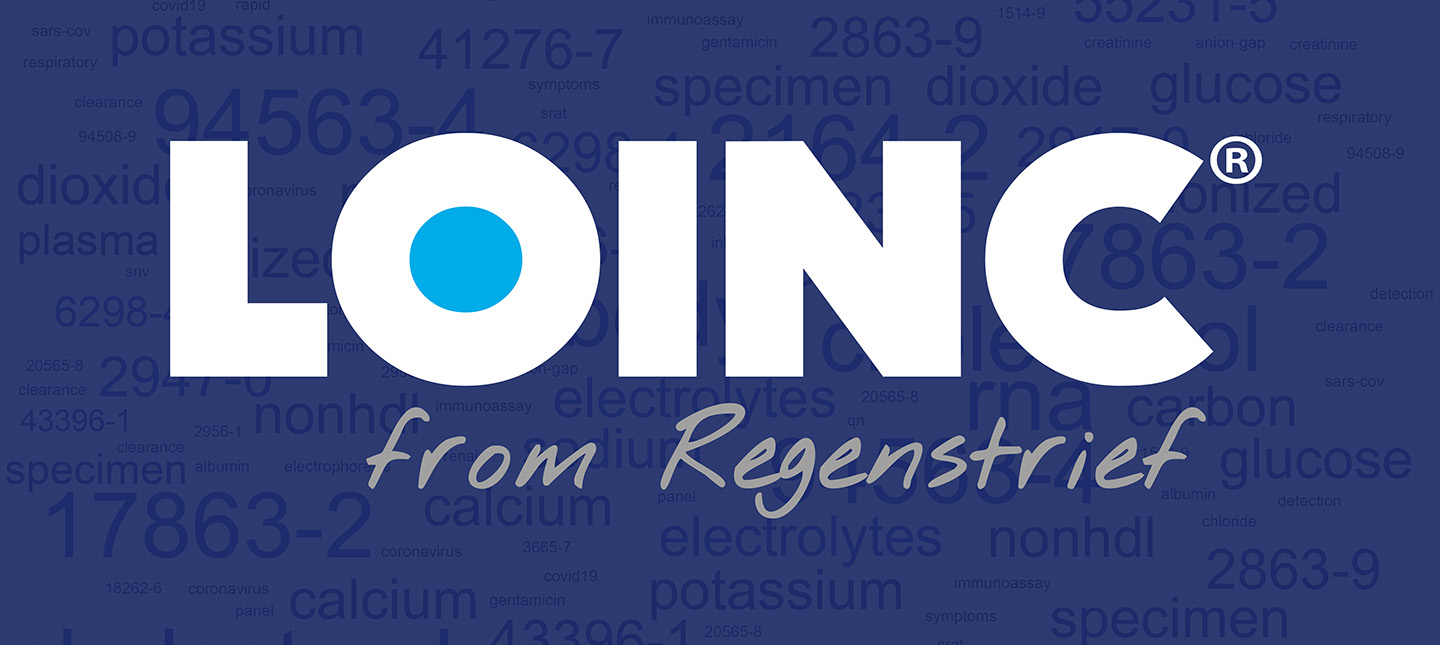INDIANAPOLIS – Transfers of nursing home residents to and from the hospital frequently expose these frail, older adults to medication errors and poor follow-up care resulting in near or serious harm to one in four nationwide.
Research conducted as part of the OPTIMISTIC study, an innovative program developed and implemented at a growing number of nursing homes by clinician-researchers from the IU Center for Aging Research at Regenstrief Institute, shows that employing nurse practitioners who use evidence-based elements to improve care on multiple fronts, including proactive chronic care management, urgent care, and robust transitional care services significantly improves the transfer process resulting in fewer errors and safer care.
“OPTIMISTIC Transition Visits: A Model to Improve Hospital to Nursing Facility Transfers,” published online in the peer-reviewed Annals of Long-Term Care: Clinical Care and Aging describes and analyzes the transition visits with residents and their families conducted by the OPTIMISTIC nurse practitioners.
The aim of OPTIMISTIC — an acronym for Optimizing Patient Transfers, Impacting Medical quality and Improving Symptoms: Transforming Institutional Care — is to improve care and communication within nursing facilities and between these facilities and acute-care institutions so problems can be caught and solved, improving quality of care and reducing unnecessary hospital transfers.
As reported in the Annals of Long-Term Care paper, the IU and Regenstrief Institute clinician-researchers studied nearly 600 transfers from hospitals to and from 19 nursing homes participating in OPTIMISTIC. Long-stay residents returning from the hospital to these nursing homes were seen by a nurse practitioner within 48 hours. Visit components included hospital discharge summary review, medication reconciliation, follow-up care and testing, advance care planning as well as nursing home resident and family education. The nurse practitioner visits averaged 102 minutes.
Nurse practitioners completed 515 visits with residents during the evaluation period and were required to address a potential care issue in more than half of these visits. They investigated the sources of these care issues and found that 29 percent were traced back to the discharging hospital, 33 percent to the nursing home, and 32 percent to physicians providing care in the facility. Among medication-related problems, a quarter were linked to pain medications. Thirty percent of all non-medication issues were related to follow-up care or the need to order a follow-up lab test.
Only 6 percent of problems were attributed to a new care issue that had emerged since transfer from the hospital to the nursing home.
“These specially trained nurse practitioners got in touch with the hospital discharge teams and worked with the nursing facility staff and providers to improve access to critical, complex information — not an easy task,” said IU Center for Aging Research and Regenstrief Institute investigator Kathleen Unroe, MD, MHA, OPTIMISITIC project director. “The NPs work with nurses, pharmacists, and physicians at the nursing homes on quality improvement throughout the continuum of care.
“We clearly see the impact of the NPs as a crucial part of the OPTIMISTIC approach to care transitions. Impressively, in early stages of Phase One, OPTIMISTIC resulted in a 21 percent decrease in hospitalizations according to external evaluators.”
In 2014 the U.S. Department of Health and Human Services reported that nearly a quarter of patients with complex medical problems are harmed within their first few days back at the nursing home following hospitalization. The HHS report indicated that the bulk of these preventable harms were related to medications, follow-up care, and monitoring.
“Telling nursing homes to do a better job isn’t the only answer,” said Arif Nazir, MD, first author of the Annals of Long-Term Care paper. “It’s the entire healthcare system — not just the nursing home, discharging hospital, or the physician seeing the patient post-hospitalization. All three need to work on the problem and to commit more resources to patient transitions.” Dr. Nazir, a former OPTIMISTIC team member is currently with Signature HealthCARE of Louisville, KY.
The Annals of Long-Term Care paper concludes, “The OPTIMISTIC transition visit approach, led by an NP well versed in the principles of geriatric and transitional care, is one possible strategy to improve resident care processes. Our future analyses of this model will address the estimation of potential cost-savings by preventing harm, including exploration of the business case for broader dissemination of this approach.”
OPTIMISTIC is expected to receive more than $30 million of Centers for Medicare and Medicaid Services funding from the start of the project in 2012 through its projected conclusion in 2020. This includes $16.9 million awarded earlier this year for the second phase of OPTIMISTIC commencing this month.









